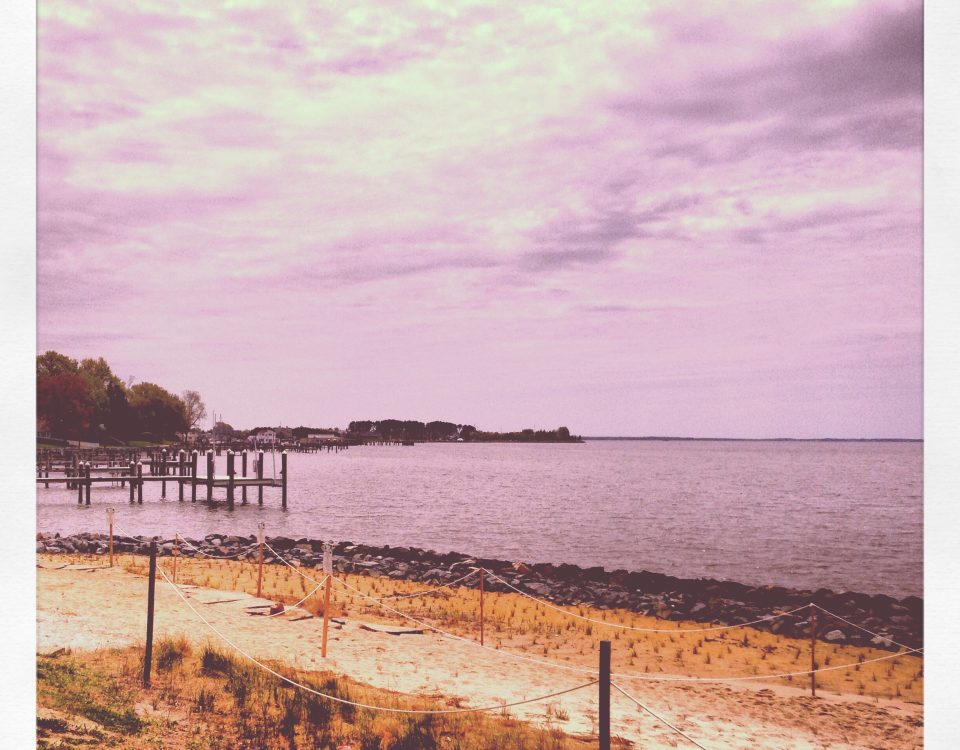Two Extraordinary Women

The Washington Times: Media, Politicos, & Celebs at the White House Correspondents’ Dinner
April 30, 2012
The Washington Times: Wardrobe Not Paul Ryan’s Strong Suit
August 30, 2012The best thing to do when it’s 90 degrees on a quiet Washington weekend is slip on a cool dress and slip into a cool movie theater. Last weekend, I did just that at the American Film Institute’s AFIDOCS (formerly SILVERDOCS) film festival in Silver Spring, Maryland, to catch two documentaries about two extraordinary women.
I was most eager to see Diana Vreeland: The Eye Has to Travel, chronicling the life of perhaps the most influential woman in fashion in recent history. Vreeland had no formal training in fashion or journalism but, as she noted in her memoir, she was born in Paris and had an innate eye for style. In fact, she was discovered at a party in New York City by Harper’s Bazaar editor Carmel Snow, who admired Vreeland’s Chanel couture and thought she’d make a good fashion columnist for the magazine. Vreeland made a name for herself while writing her witty and sometimes controversial column “Why Don’t You…?” and cultivated some of the most iconic models, writers, and photographers in the industry as the magazine’s fashion editor.
In 1962, she became editor-in-chief of Vogue—and trust me, Anna Wintour has nothing on Diana Vreeland, who had unrivaled influence on the magazine’s direction, as well as the industry’s direction. She understood that fashion is about more than just clothes; it’s about life. There has been much discussion that the fashion media has recently been focused on celebrity, but it was Vreeland who first made use of Hollywood starlets, musicians, and even politicos in her now-iconic covers and spreads. Who first published fashion photos of Barbara Streisand, Angelica Huston, Cher, Lauren Hutton, Twiggy, Penelope Tree, the Beatles, even a relatively unknown Mick Jagger, whom she liked for his lips? Diana Vreeland. (Incidentally, she also was the first to publish a fashion spread featuring the bikini.)
I wanted desperately to love the film. I loved her memoir, and certainly, she’s inspiring whether or not you work in fashion media. Yet, I was disappointed. Director Lisa Immordino Vreeland had access to a wealth of material, obviously, and while I understand that Diana is no longer with us, much of the content was repackaged from her memoir and other media sources. Vreeland is a fascinating subject, so I can’t say I disliked the film, but I was put off by the simplistic editing and goofy voice-overs and animation. It was wonderful to see the images of her work, and interviews with her family and friends were enlightening and explained her reach. Yet, the film was missing the Diana Vreeland spark.
However, I was blown away by the other film, Marina Abramović: The Artist Is Present. Admittedly, I knew very little about the performance artist before seeing the film—and I was skeptical about the value of performance art, too. The “grandmother of performance art,” Abramović has fearlessly used her body as a canvas for political and cultural commentary for four decades. Yet, with much success, the film introduced Abramović the person, not the unorthodox, and at times disturbing, artist. Director Matthew Akers said he intentionally glossed over some of the content of her work to give the film a lighter touch, and the film focused on her life outside work, her relationship with fellow performance artist Ulay, and of course, her shining moment, her Museum of Modern Art retrospective in 2010.
We saw Abramović prepare for her three-month exhibit, which included a performance piece, The Artist Is Present, based on a previous piece Nightsea Crossing, in which she and Ulay sat opposite one another and gazed unmoving for hours. Incredibly, each day the museum was open those three months, Abramović invited museumgoers to sit opposite her. The public’s reaction was astonishing, and captured well.
These two films meshed well—both Vreeland and Abramović are creative, glamorous, intense, even outrageous, and often, misunderstood. Above all, both have made extraordinary contributions to their respective fields, and in the case of Abramović, will hopefully make more. I did enjoy the Diana Vreeland documentary, but unfortunately, I probably wouldn’t have if I hadn’t already admired her and desired to learn more about the industry. On the other hand, I was surprised to find I enjoyed the Marina Abramović documentary, not only as an exceptionally well-made film but also one that challenged my perceptions and indeed changed them.
For more information on Diana Vreeland and the film, visit www.dianavreeland.com. It will be released nationwide on September 21, 2012. For more information on Marina Abramović and the film, visit www.marinafilm.com. It will air on HBO on July 2, 2012, and will be released in select theaters throughout June and July.
Update, 11/15/12: I adapted this review for my Washington Times “Get Out” column for November 16, 2012, as the National Gallery of Art was screening the film.








